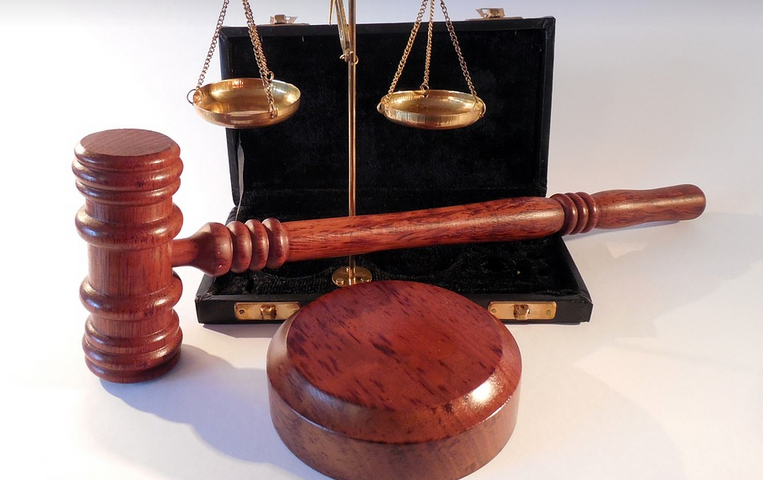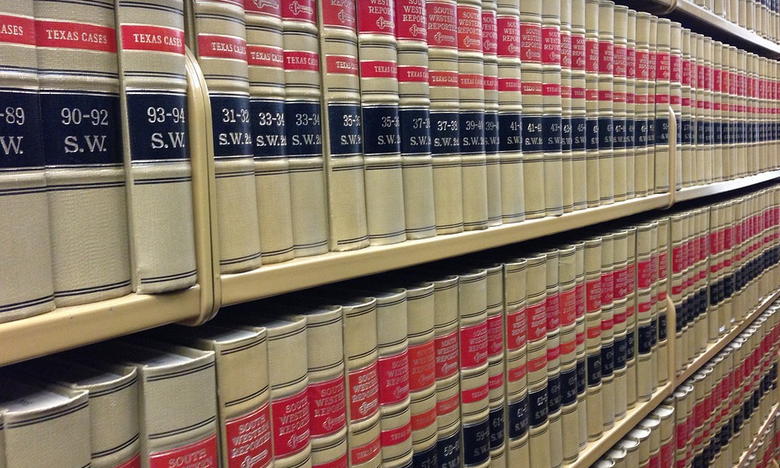Embracing Tradition, Celebrating Love
Korean traditional wedding attire is a vibrant tapestry woven from centuries of cultural history and deeply rooted customs. More than just a visual spectacle, it’s a reflection of love, family, and shared dreams as the couple embarks on their journey together. Let’s dive into the fascinating world of Korean wedding attire, exploring its elements, symbolism, and the intricate traditions that surround this special occasion.
Korean weddings have a vibrant tradition of showcasing cultural heritage through their attire. The outfits are more than just elegant pieces; they hold deep meaning and embody the spirit of the celebration. It’s a testament to the couple’s commitment to blending tradition with love.
One central element of traditional Korean wedding attire is the hanbok, a classic Korean dress that has been passed down through generations. The hanbok is often worn by both the bride and groom, lending a sense of unity and continuity to their coming together. This beautiful attire consists of long, loose-fitting jackets called “jacket” or “jeogori,” with decorative collars and intricate patterns. The garment’s design showcases the beauty of traditional Korean craftsmanship.
The jeogori is typically paired with a rectangular, floor-length skirt known as “chima” or “cheorim.” This skirt is often adorned with vibrant patterns and textures, creating a beautiful flowy silhouette that complements the jeogori. The overall effect is a harmonious marriage of form and function—elegant yet practical.
The traditional Korean wedding attire also features the *baji*. A more formal and decorative element, the *baji* is worn by the groom during specific ceremonies. It’s a striking piece with intricate patterns and embellishments, adding an air of sophistication to his ensemble. The *baji* symbolizes masculinity and marital status, further emphasizing the commitment.
The traditional attire for the bride often includes a beautiful *otters*, a long-sleeved jacket or robe worn over the *chima*. This garment is typically white or ivory, symbolizing purity and innocence. The intricately embroidered patterns on the *otters* reflect the cultural significance of beauty and tradition within their wedding celebration.
The bogari is another essential piece in the Korean bride’s attire. It’s a delicate fabric scarf draped around the neck and shoulders, adding a touch of elegance to her outfit. The *bogari* can be adorned with intricate designs and patterns, further highlighting the beauty of traditional Korean aesthetics.
To complete the look, a beautiful jeogori is often paired with a baekjeong**, a delicate hairpiece or headband that adorns the bride’s forehead. The baekjeong* embodies tradition and grace—a key aspect of a Korean wedding ceremony.
Korean weddings are not just about the attire; they also involve distinct customs and rituals, each contributing to a rich tapestry of cultural expression. These traditions create a unique atmosphere of celebration that blends ancient heritage with modern life.
For instance, the mae-geum**, a symbol of marital bliss, is often gifted to the couple during the wedding ceremony. This auspicious gift represents happiness and prosperity for years to come—further emphasizing the significant role of tradition in these weddings.
Korean traditions also emphasize the importance of family. In many ceremonies, married couples engage in traditional rituals involving their extended families. These shared moments exemplify the strength of familial bonds that lie at the heart of Korean culture.
Adding a touch of warmth to the celebrations are traditional offerings like dan-bok** and gwon-bok*, a delicate blend of rice and flour, symbolizing prosperity and good luck for the newlyweds. These foods are served as part of the wedding banquet, adding a touch of cultural richness to the celebratory ambiance.
In conclusion, Korean traditional wedding attire is much more than just beautiful clothes; it’s a powerful representation of cultural values, traditions, and the strong bonds that unite families and communities in celebration. The intricately designed garments reflect the rich history and heritage of Korea, while also embodying the spirit of unity and love.



